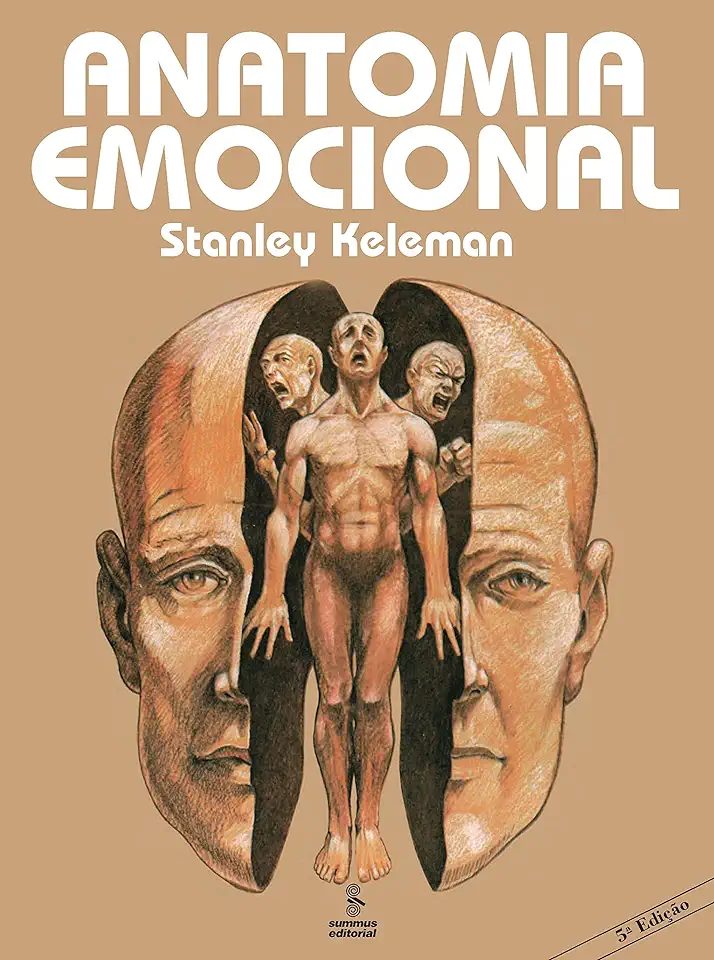
Emotional Anatomy - Stanley Keleman
Emotional Anatomy: The Structure of Experience
Introduction
In his groundbreaking book, "Emotional Anatomy: The Structure of Experience," Stanley Keleman offers a revolutionary understanding of the human experience. He argues that emotions are not simply psychological states, but rather physical structures that shape our bodies and our lives. By understanding the anatomy of our emotions, we can learn to live more fully and authentically.
The Body as a Map of Emotions
Keleman begins by exploring the relationship between the body and the emotions. He argues that the body is not simply a container for the mind, but rather a living expression of our inner experience. Each emotion has a unique physical signature, which can be seen in the way we hold our bodies, the way we move, and the way we breathe.
For example, anger is often associated with a clenched jaw, a furrowed brow, and a tense body. Joy, on the other hand, is associated with an open posture, a relaxed face, and a deep breath. By understanding the physical signatures of our emotions, we can learn to recognize and express them more fully.
The Structure of Emotions
Keleman goes on to describe the structure of emotions. He argues that emotions are made up of three layers:
- The core: The core of an emotion is the raw, unprocessed feeling. This is the feeling that we experience when we are first triggered by an event.
- The defense: The defense is the way we protect ourselves from the core emotion. This can take the form of physical tension, emotional numbing, or psychological avoidance.
- The expression: The expression is the way we communicate our emotions to others. This can take the form of verbal expression, body language, or creative expression.
By understanding the structure of emotions, we can learn to process them more effectively. We can learn to identify our core emotions, to release our defenses, and to express our emotions in a healthy way.
The Transformative Power of Emotions
Keleman concludes by discussing the transformative power of emotions. He argues that emotions are not simply obstacles to be overcome, but rather opportunities for growth and transformation. When we learn to embrace our emotions, we can learn to live more fully and authentically.
"Emotional Anatomy" is a groundbreaking book that offers a new understanding of the human experience. By exploring the relationship between the body and the emotions, Keleman shows us how we can learn to live more fully and authentically. This book is a must-read for anyone interested in personal growth and transformation.
Why You Should Read This Book
If you are looking for a book that will change the way you think about yourself and the world, then I highly recommend "Emotional Anatomy." This book is a powerful exploration of the human experience, and it offers a unique perspective on the role of emotions in our lives.
"Emotional Anatomy" is not an easy book to read, but it is well worth the effort. Keleman's writing is clear and concise, but he also delves into some complex concepts. If you are willing to put in the time, you will be rewarded with a deep understanding of yourself and the world around you.
I believe that "Emotional Anatomy" is a must-read for anyone who is interested in personal growth and transformation. This book has the power to change your life, and I highly recommend it.